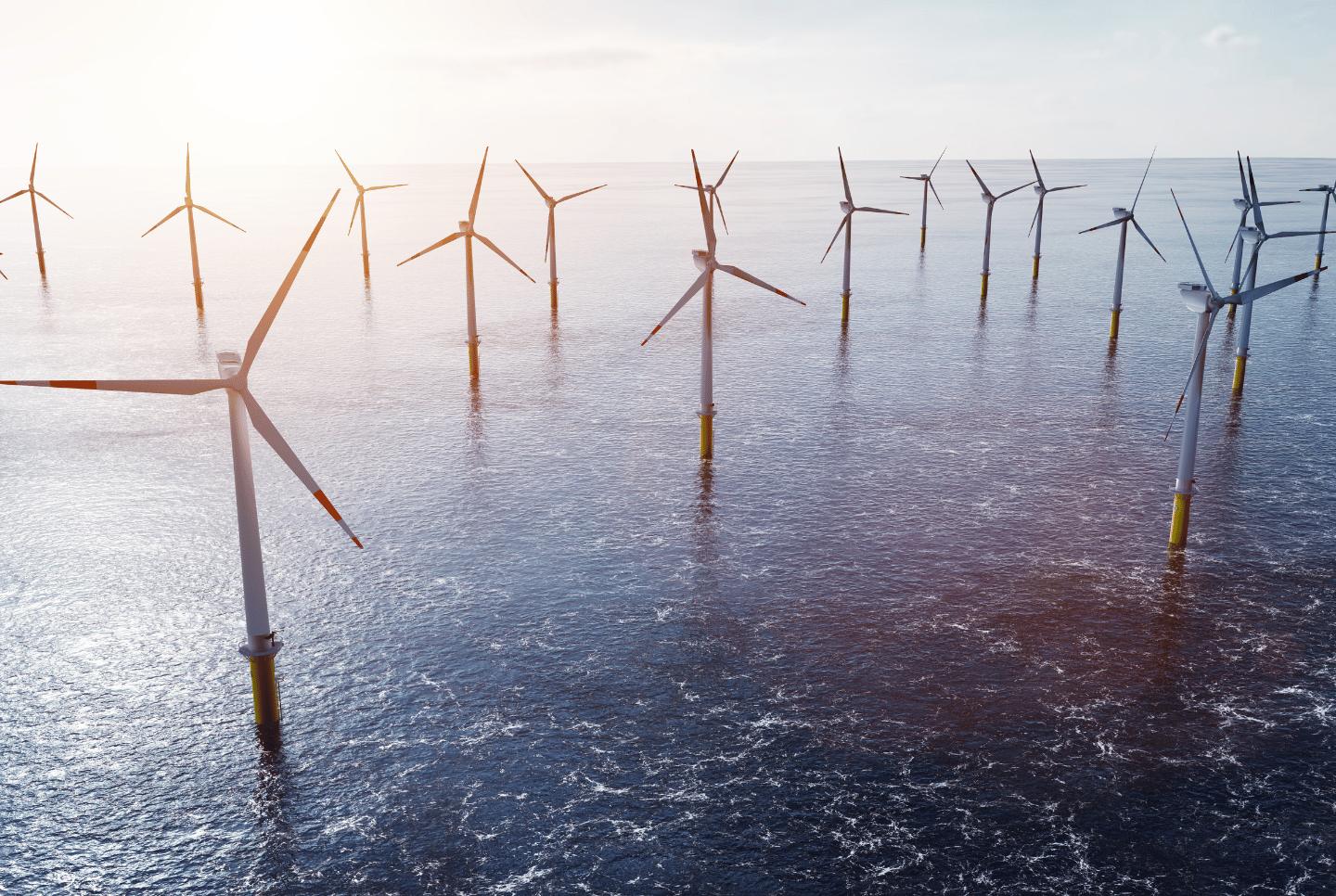
Download your free eBook!
Download NowAccording to McKinsey & Company, supply chain and global shipping activities contribute to a massive 80% of the world’s greenhouse gas emissions and over 90% of the overall impact on air, land, water, biodiversity, and geological resources.
In response to growing awareness of the need for sustainability and new regulations on reporting across Scope 1, 2, and 3 emissions, more freight forwarders are looking to provide their shipper and BCO customers with carbon data transparency. To get there, they must focus on technology investments that help them reduce their carbon footprint while enabling them to stay competitive.
With a robust partner network and pre-built integrations to carbon reporting software providers, shippers and LSPs can give their customers CO2 impact reporting from any TMS.
Download your free copy of the eBook to learn more about:
- The latest in reporting requirements and what this means for shippers and LSPs
- Where to begin to comply with upcoming reporting requirements
- How APIs and Power BI tools can help support emissions goals
The Context of Greenhouse Gas Emissions
The transportation and logistics industry has a responsibility to strive for carbon emission reduction. With the number of emissions produced by the movement of goods, whether by air, sea, or land, including truck and rail, the scale of global trade amplifies the environmental impact, making it vitally important for every player—from logistics providers to shippers—to address their carbon footprint.
To help break down this massive undertaking, the Greenhouse Gas Protocol established three categories or scopes of carbon emissions.
Scope 1 encompasses direct greenhouse gas emissions originating from sources owned or controlled by an organization. This may include emissions from on-site fuel combustion in owned vehicles or industrial processes.
Scope 2 refers to indirect emissions associated with the production of purchased electricity, heating, cooling, or steam. These emissions result from the generation of energy the reporting organization uses but occur at off-site facilities.
Scope 3 includes all other indirect emissions that occur throughout an organization's value chain, including transportation, distribution, and the procurement of goods and services. These emissions are most often the most significant contributor to an organization's carbon footprint, especially for shippers and logistics service providers.
According to the UK consultancy Carbon Trust, organizations may have up to 90% of their environmental impact from upstream or downstream within the value chain.
Upstream Scope 3 emissions are those generated during the production phase. These emissions occur early in the value chain and are typically associated with activities such as raw material extraction, manufacturing, and transporting materials for production.
Downstream Scope 3 emissions result from an organization's products or services. These emissions are often linked to the transportation and distribution of products, product use, and end-of-life treatment or disposal.
The wide range of activities accounted for by Scope 3 emissions often present the biggest challenge for organizations to report, as they involve multiple stakeholders and processes throughout the value chain. However, as Scope 3 emissions make up the largest portion of their total emissions, focusing on reductions in this category provides the best opportunity to significantly impact the environment.
Download the Full eBook to Learn More
The free PDF of our eBook covers:
- The current regulatory landscape
- The role of technology in streamlining reporting
- The role of shipping emissions technology providers, APIs, and integration into a TMS platform
- A simpler way to integrate with emissions technology providers
- and more!

